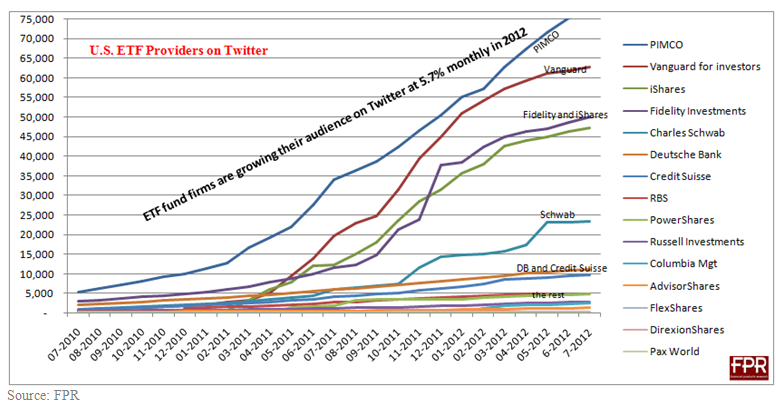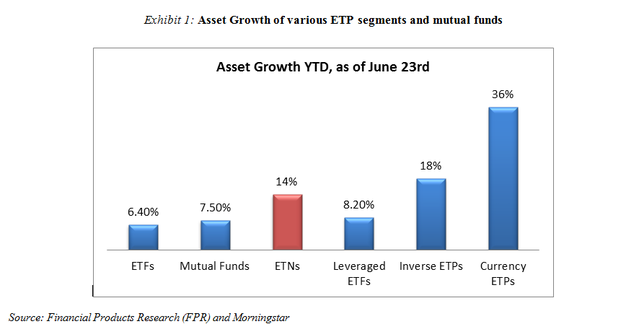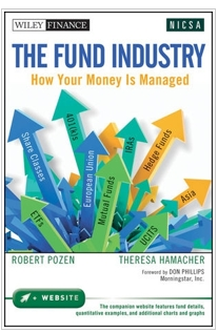What does this mean for the fund industry?
- It means that the 30+ open-minded fund companies which have filed for active ETFs, are now free to launch active ETFs (AETFs) that can closely resemble their original strategies with derivatives, and transition managers into this new distribution wrapper/channel. Possibly, fund firms can elect to partner with a firm like AdvisorShares, which is interested in hiring sub-advisors.
- It means that traditional fund companies, whom we begged to stay open-minded in terms of AETFs, will NOW have to invest in new distribution technology, ETFs know-how, and be part of economics that will revolutionize how fund products are bought, used, and managed.
- For subscribers of the ETF Business Review, these news are nothing new. For the past two years, we at the leading authority in the fund industry, have been prepping for this moment, advising clients to consider active ETFs as yet another distribution channel for their existing strategies. We highlighted three key success factors: ability to deliver alpha, marketing scale, and human-based talent development (over indistinguishable shelf-products).
- Last, consult your attorneys. The race is on, and this is a historical decision.
Atlas has un-shrugged. To join the ETF Business Review and sign here or contact me at [email protected]



 RSS Feed
RSS Feed